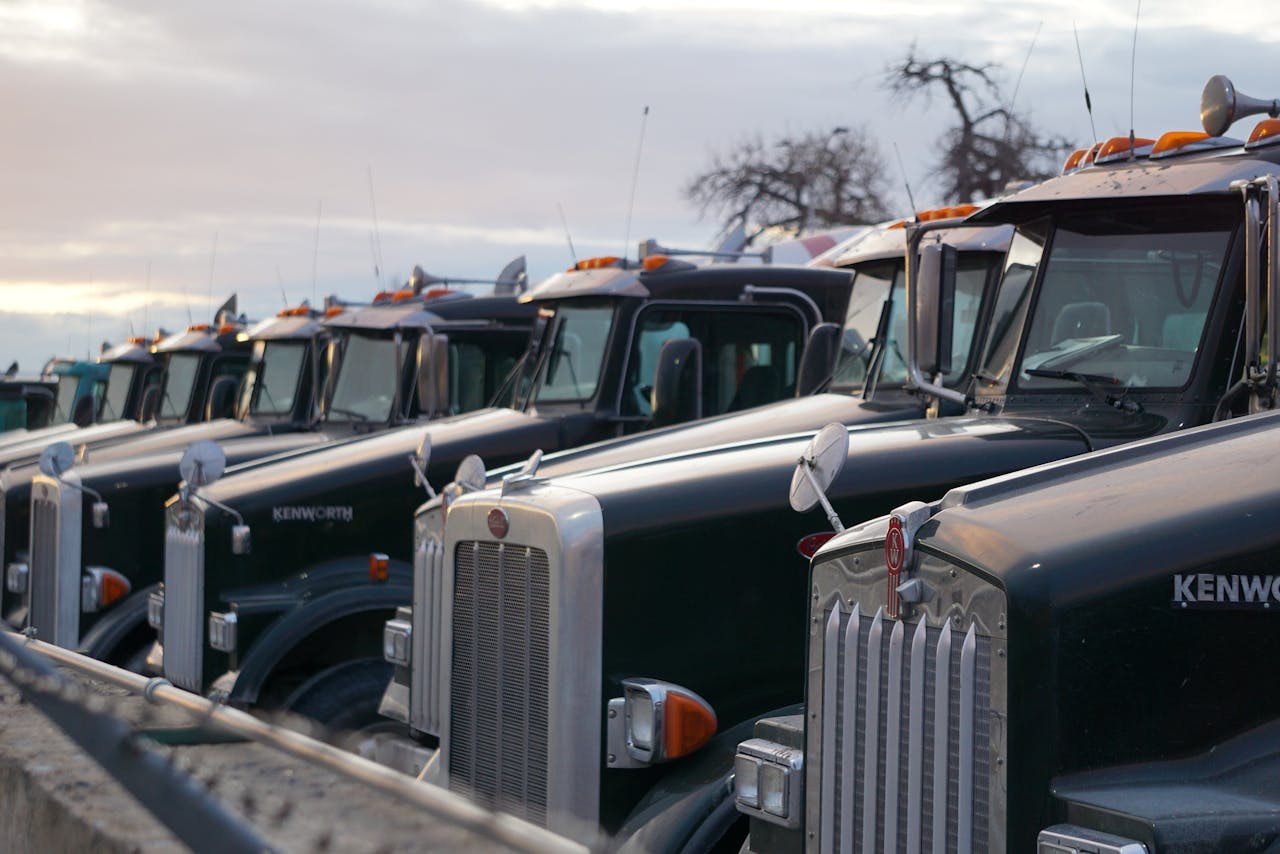Strategies for Safe Operation of Heavy Trucks
The safe operation of heavy trucks is paramount to ensure the well-being of drivers, other road users, and the integrity of transported goods. Implementing effective strategies for safe operation mitigates the risk of accidents and promotes efficiency and professionalism within the trucking industry. This article will explore essential strategies to enhance safety in heavy truck operation.
Comprehensive Training Programs
Comprehensive training programs are the foundation of safe heavy truck operation. Drivers should undergo rigorous training from companies like JMH Training, which covers vehicle operation, defensive driving techniques, load securement, and emergency procedures. Regular refresher courses and ongoing education ensure that drivers remain up-to-date with industry regulations and best practices.
Pre-Trip Inspections
Pre-trip inspections are critical for identifying potential mechanical issues or safety hazards before embarking on a journey. Drivers should conduct thorough inspections of their vehicles, checking brakes, tires, lights, fluid levels, and load securement devices. Addressing any issues promptly reduces the risk of mechanical failures on the road.
Adherence to Hours of Service Regulations
Fatigue plays a crucial role in accidents involving heavy trucks. Following hours of service regulations mandated by authorities helps mitigate driver fatigue by setting limits on consecutive hours behind the wheel. Employers should establish scheduling protocols that prioritize driver rest and comply with legal rest mandates.
Defensive Driving Techniques
Truck drivers operating heavy vehicles should practice defensive driving methods to anticipate and manage potential road hazards. This involves maintaining a safe distance from other vehicles, scanning the road ahead for obstacles, and remaining alert for unpredictable behavior from other drivers. Adopting defensive driving techniques decreases the risk of accidents, leading to safer outcomes even in challenging driving situations.
Proper Load Securement
Proper load securement is crucial to prevent cargo shifts or spills that can compromise vehicle stability and pose hazards to other road users. Drivers should ensure that loads are properly distributed, adequately secured with straps or chains, and within legal weight limits. Regular checks during transit help maintain load integrity and minimize the risk of accidents.
Utilization of Technology
Advancements in technology offer valuable tools for enhancing safety in heavy truck operations. Electronic logging devices(ELDs) help monitor driver hours and ensure compliance with hours of service regulations. Collision mitigation systems, lane departure warnings, and adaptive cruise control systems aid drivers in preventing accidents and upholding safe driving habits.
Weather Monitoring and Adaptation
Weather conditions can significantly impact road safety, particularly for heavy trucks. Drivers should monitor weather forecasts and road conditions before and during their journey. When adverse weather is encountered, drivers should adjust their driving behavior accordingly, such as reducing speed, increasing following distance, and using caution on slippery roads.
Continuous Evaluation and Improvement
Safety is a continual journey that demands constant assessment and enhancement. Trucking firms ought to establish frameworks for gathering and scrutinizing safety data, encompassing accident records, close calls, and driver input. Companies can steadily advance safety standards in heavy truck operations by pinpointing areas needing refinement and enacting corrective measures.
Conclusion
The safe operation of heavy trucks is a collective effort that involves comprehensive training, diligent maintenance, adherence to regulations, and proactive risk management. By implementing these strategies, drivers and trucking companies can minimize accidents, protect lives, and uphold the highest standards of safety and professionalism on the roadways.













Trackbacks & Pingbacks
[…] you loved this informative article and you would want to receive more information with regards to chain of responsibility documentation please visit our site. • Fog Lights – If you have them – please use them. Fog lights […]
Leave a Reply
Want to join the discussion?Feel free to contribute!